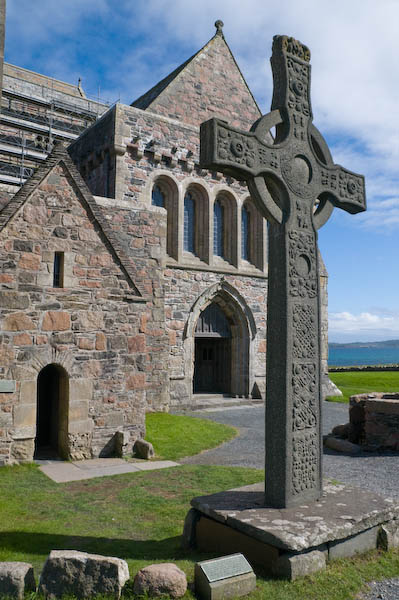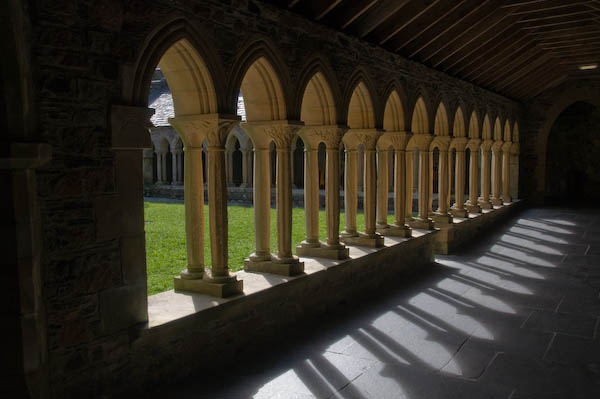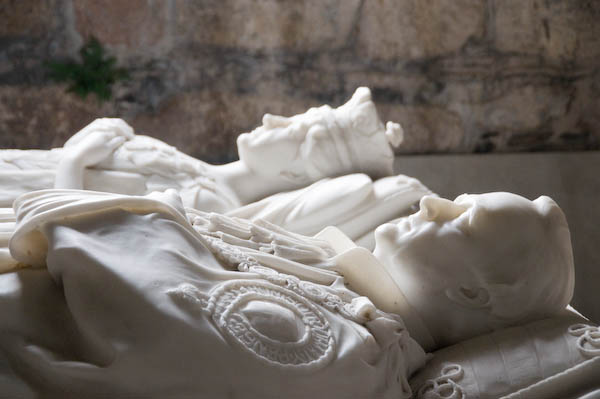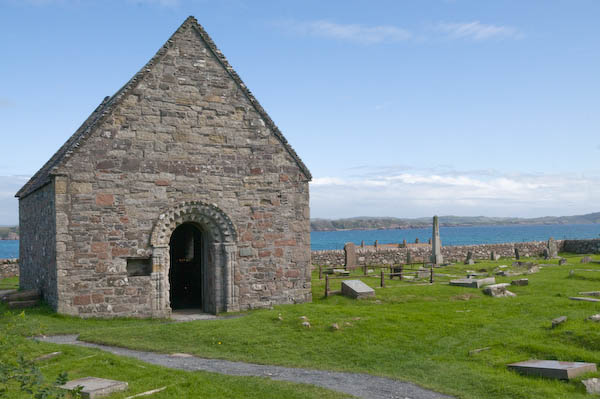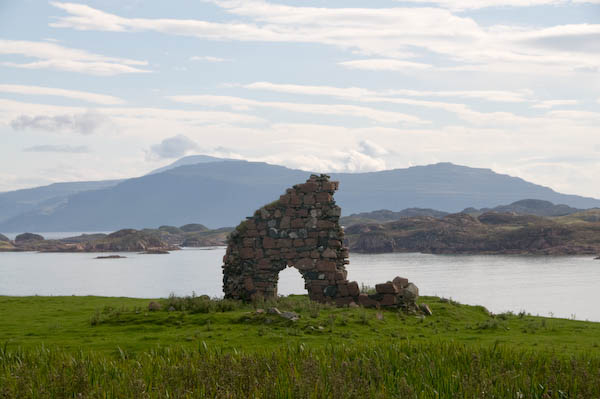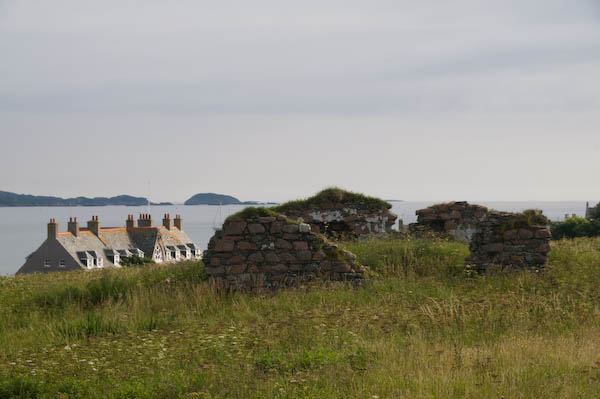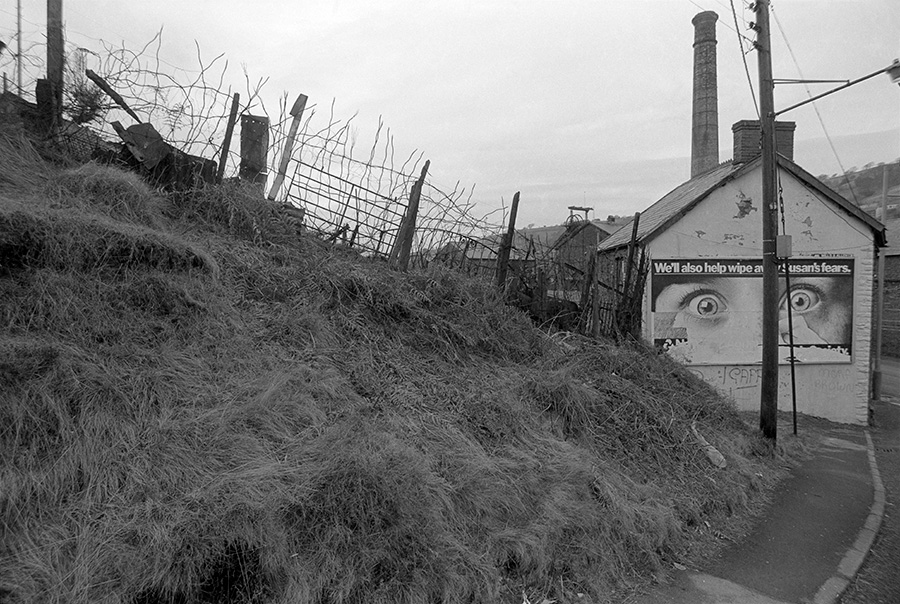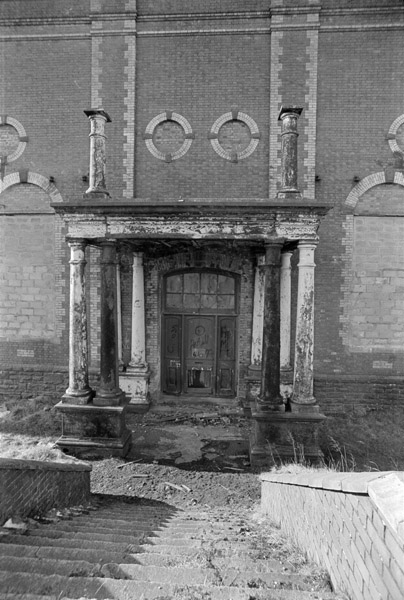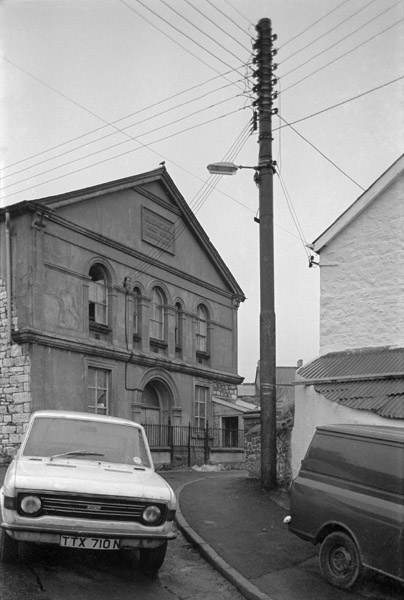Chapel, Gothic House, the Globe and Great West Road: Continuing my walk on Sunday 7th January 1990 – the previous post was The Great West Road and a Missing Lion – Brentford.
Built in 1897, the year of Queen Victoria’s Diamond Jubilee, the church closed in 1964 when a new church opened in Clifden Rd. The Primitives had joined with the Wesleyans and United Methodists in 1932. The building is a rather curious design laid out along the road with a tower like this at each end and five bays between, the central one with what looks as it should be an entrance with taller brickwork and a triangular pediment above a large oval-topped window. You can see a little of the interesting brickwork in my photograph. The windows now have some delicate metal protection in front of them and the building is still in use, I think by an Electrical contactor. It is locally listed for its architectural and social significance.
This Gothick style house at 17 Hamilton Road stands head and shoulders above its neighbours with a basement, steps up to a grand doorway and the fine decoration below its distinctive oriel window. It is capped on one side with an attic gable, making it three and a half storeys. Locally listed.
Although it might gain no stars for its uncompromising 1930s architecture this building for Performance Cars had a blunt and striking appearance and I was sad to see it was about to be demolished, one of many losses of buildings along the Great West Road. It’s a shame it was not saved, although the adjoining workshops were no great loss. Most of its site is now empty or parking for another motor dealer. I took this picture from underneath the elevated M4.
The Globe pub on the corner of Boston Park Road and Windmill Road is still open and is a popular traditional pub which still has some original features.Though it is no longer run by Fullers you may still be able to get a pint of London Pride. My picture just shows a little of the large globe let into the parapet above the corner of the building.
The pub was built in the 1880s and acquired by Fuller Smith & Turner in 1908. It is named in an impressive series of reviews of Brentford’s pubs written by ‘Wandering Tom’ and published in the County of Middlesex Indepent in 1996 but he tells us nothing mopre than its name. Unearthed by Vic Rosewarne as part of extensive research into Brentford’s pubs, these notes have been re-published as part of the Brentford High Street project.
Finally two pictures – more to follow later – of another and more important loss of the 1920’s factories that lined the Brentford section of the new Great West Road. This was Maclean’s Toothpaste factory, opened in 1932 and together with the neighbouring Trico was demolished in 1992.
Trico Products Windscreen Wiper factory, No. 980 Great West Road, opened in 1928. The Trico business relocated to Pontypool, South Wales in 1992 and the building was demolished.
Initially the Macleans site, along with the adjoining former Trico factory next to the Grand Union Canal was to be a UK headquarters for Samsung, but plans fell through with an Asian financial crisis and instead building a new headquarters of GlaxoSmithKline was begun in 1998 and completed in 2001. Designed by Hillier with RHWL and Swanke Hayden Connell it was the biggest single commercial development of the time, and one of the few more interesting new buildings on the Great West Road.
GSK announced they were selling it in 2021 and the last of their staff left the building in 2014. There are now plans being made for what will probably be the largest ever development in Brentford.
More from Macleans and Trico in a later post.
Flickr – Facebook – My London Diary – Hull Photos – Lea Valley – Paris
London’s Industrial Heritage – London Photos
All photographs on this page are copyright © Peter Marshall.
Contact me to buy prints or licence to reproduce.
































